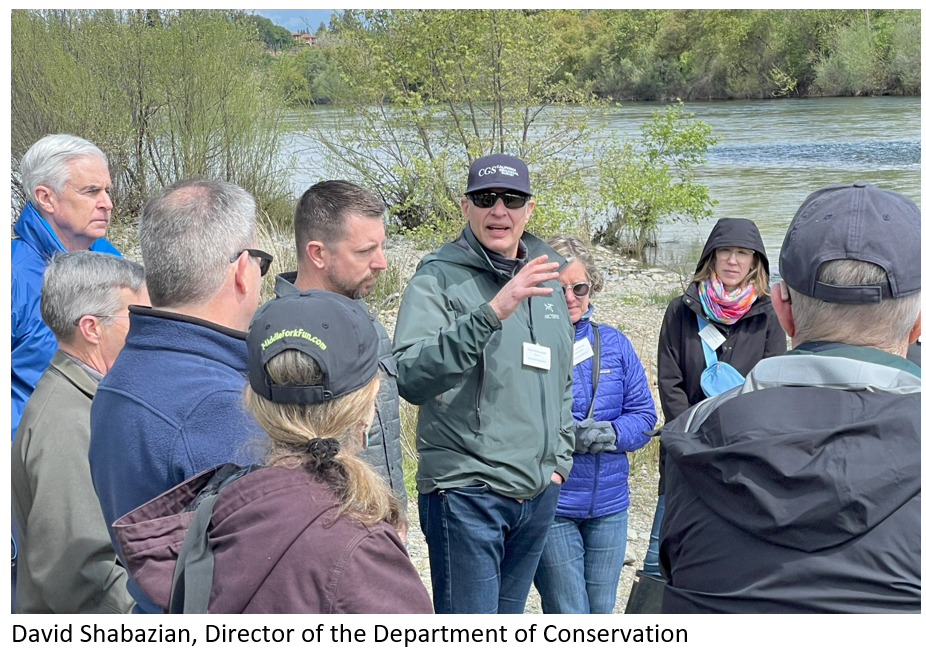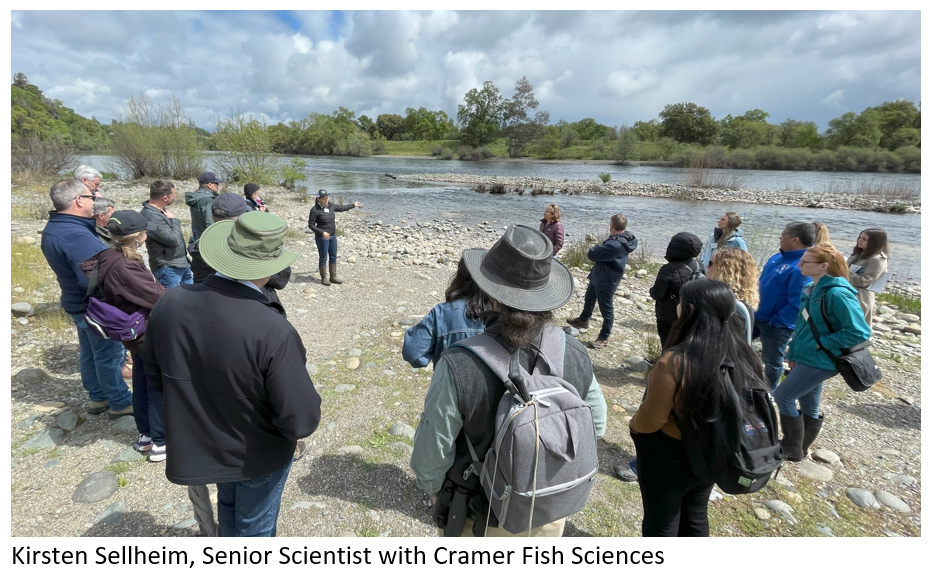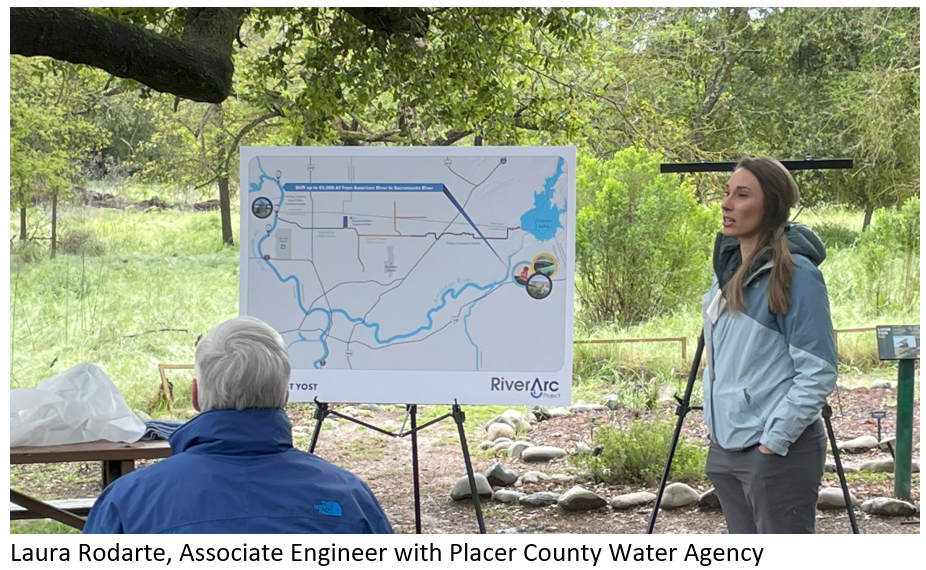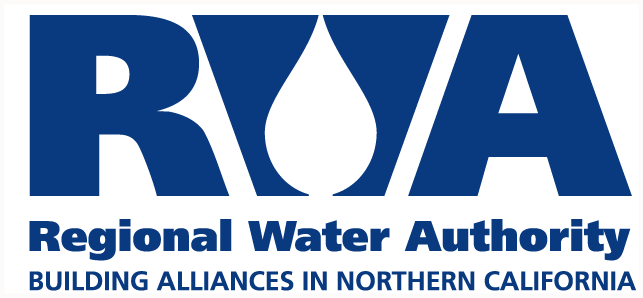State and local water leaders recently came together to explore strategies for increasing climate change resiliency on a watershed level.
Representatives from the Department of Conservation, Department of Water Resources (DWR), and Wildlife Conservation Board heard from local water managers and environmentalists about their holistic approach to water management on a “supershed” level.
The Sacramento region’s supershed approach addresses the threats of flood, fire, and drought projected with climate change while prioritizing environmental stewardship and meeting the water needs of communities. It encompasses the entire watershed—from the snow-covered Sierra mountain tops to the groundwater basin below the urban core.
Over the past 20 years, local water providers have integrated projects funded independently by each agency into the supershed, leveraging approximately $250 million in state funding to enhance water reliability and environmental sustainability. Examples include:
- Forest health projects in the Sierra, involving multi-stakeholder collaboration to implement evidence-based practices, such as maintaining lower tree density and the use of prescribed fire. These initiatives suppress wildfires and increase water supplies by improving streamflow, snowpack accumulation, and retention.
- The Sacramento Regional Water Bank uses the Sacramento region’s natural infrastructure, the groundwater aquifer, as a reservoir for depositing water during wet times for withdrawal during dry times. Shifting to groundwater during dry times leaves more surface water to support the environment.
- The RiverArc Project and flow management by modified operations at Folsom Reservoir and a proposal to shift urban diversion of water from the American River to the Sacramento River, the results of which will leave more cold water in the sensitive lower American River for endangered species.
- Habitat enhancement: Through partnerships with state, federal, and local agencies, significant investments have been made to enhance salmon and steelhead habitat in the Lower American River.
“We are grateful to our state partners for their continued investment in our supershed,” said Jim Peifer, Executive Director of the Regional Water Authority, which represents nearly two dozen water providers serving 2.2 million people in the Sacramento region.
David Shabazian, Director of the Department of Conservation, said this: “This work shows what regional success can look like when stakeholders work together. We’re seeing more and more of this trend in successful state grant programs, which bring people together to build environmental and economic strategies for each unique region of California.”
Peifer added, “By focusing on watershed-level solutions, prioritizing environmental and community needs, and embracing a collaborative approach, we can cultivate healthy rivers that sustain our environment, water supplies, economy and quality of life in California.”
The meeting comes as DWR releases its final California Water Plan Update 2023, which prioritizes strengthening watershed resilience to climate change. The plan aims to empower local communities to enhance and accelerate climate resilience planning and implementation in their respective watersheds through prioritized actions, programs, and funding.
Laura Rodarte, Associate Engineer with Placer County Water Agency, said this in talking about the proposal to shift water diversion from the American River to the Sacramento River as part of the RiverArc Project: “As a young professional, my generation faces a lot of stressors when it comes to climate change. But I am excited about the groundwork that has already been laid. These are generational projects, and I am excited to be part of their completion.”
More information about the Sacramento region’s supershed projects can be found at SacWaterBank.com/water-future.





